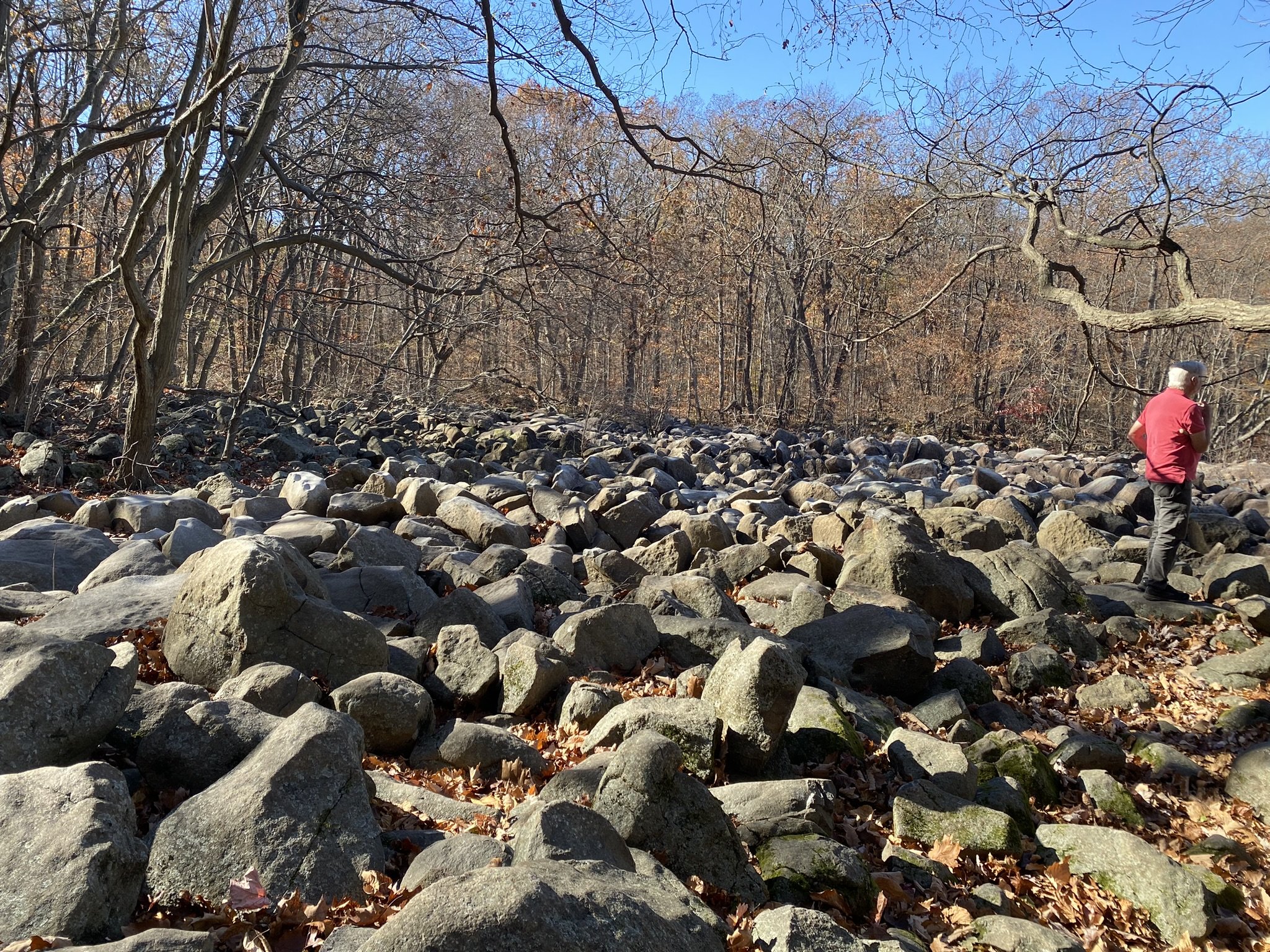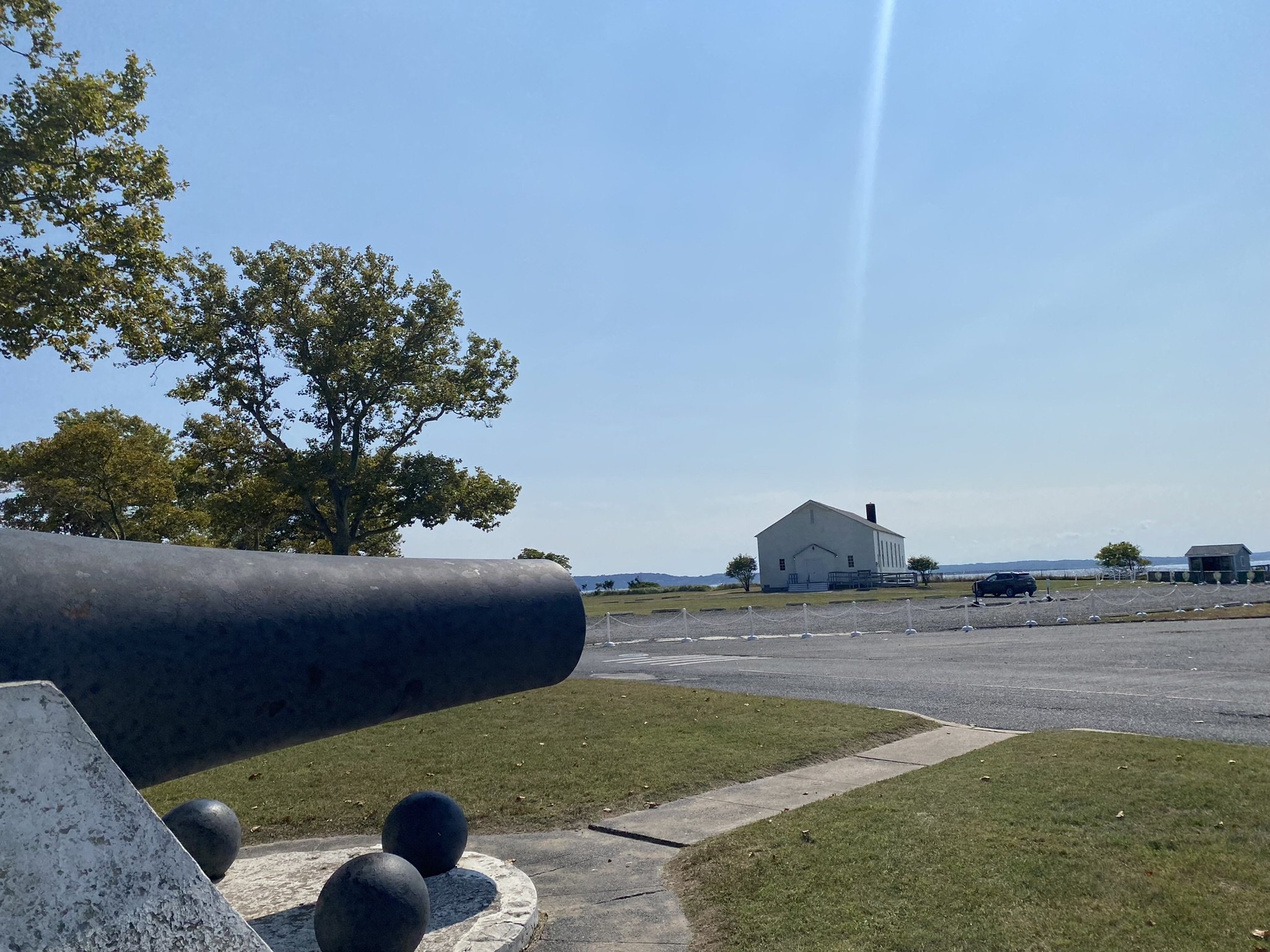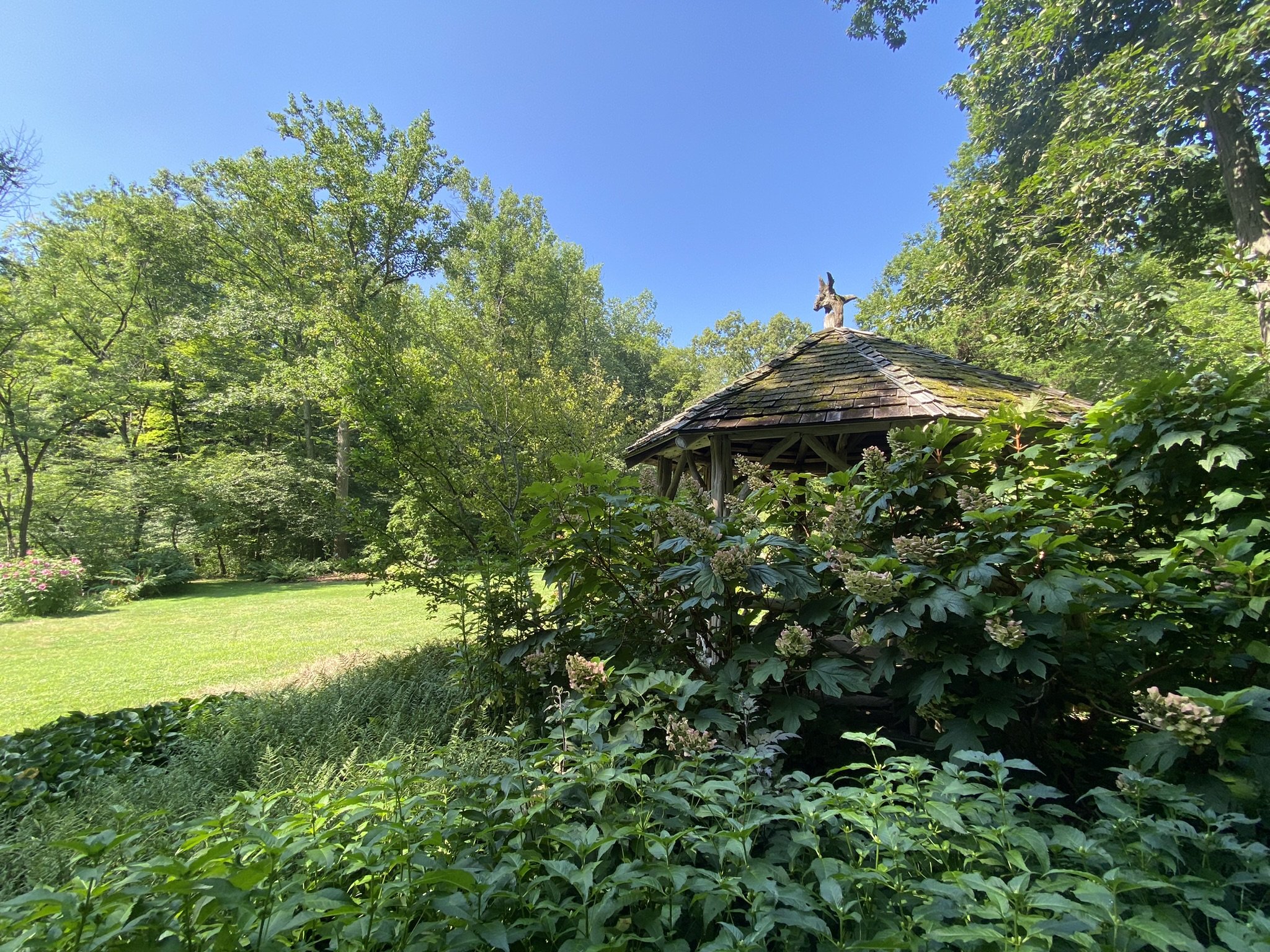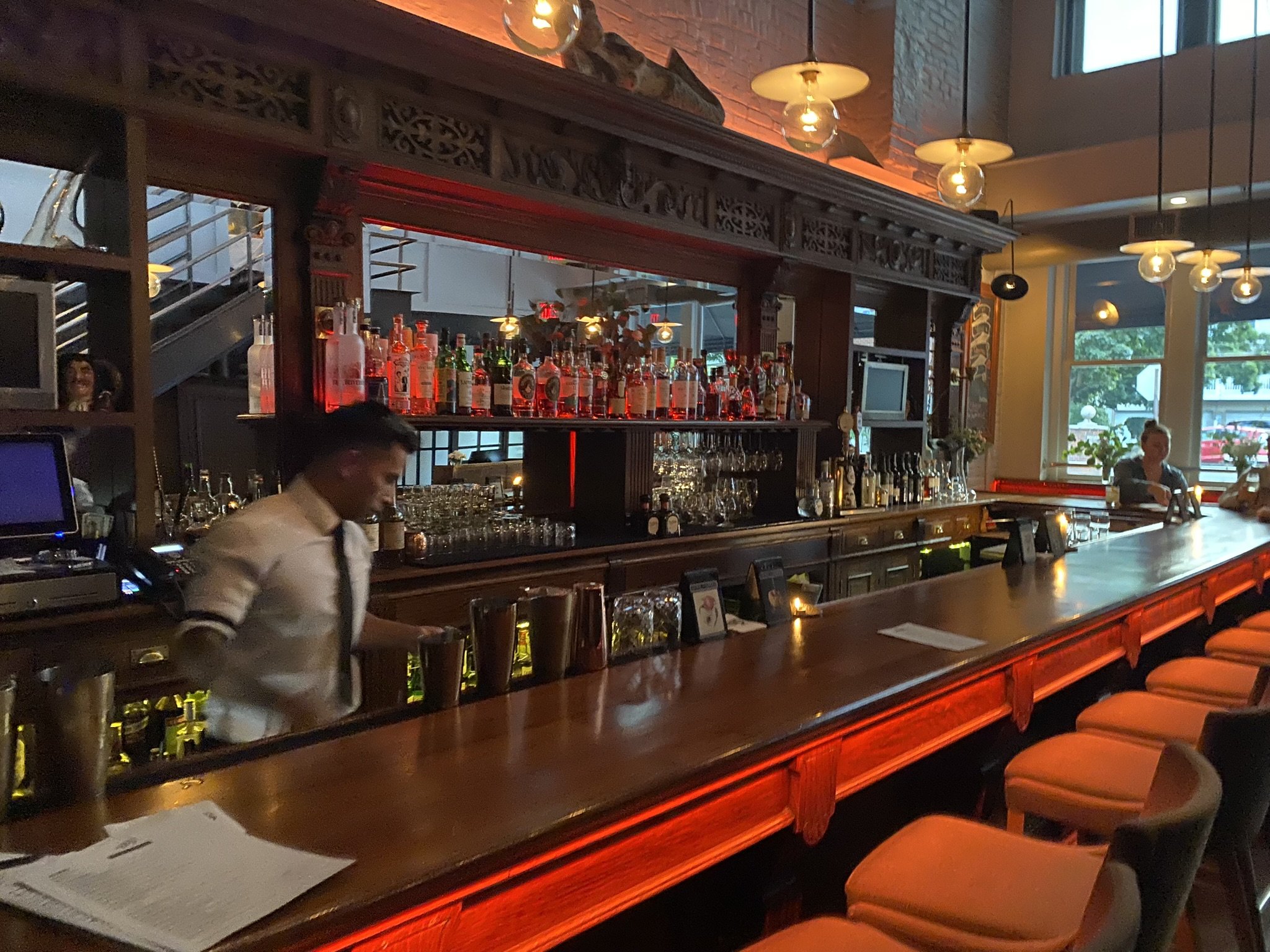The Hot Grill
We travel to Clifton this week on a well-worn path to one of New Jersey’s great hot-dog destinations — the Hot Grill. Does any other state specialize in deep-fried hot dogs? Doubtful. This seems to be a Newark innovation from back in the day. Either way, the Hot Grill (great name!) offers prompt service and ample seating with a wood-paneling-fast-food-vibe dating from 1961. We step up to the counter and order two hot dogs, and when the response is “with the works?” we answer yes, because the works consists of deep-fried hot dogs on buns smothered in mustard, onions and chili sauce. Delicious!
Flat Rock Brook
We need to work off this treat afterward and drive twenty miles to another New Jersey specialty — the suburban nature center — which delivers a necessary greenspace to the densely populated area. A mere three miles from the George Washington Bridge, Flat Rock Brook nature preserve offers 150 acres of tranquility. We take the 2.2-mile White-Red Loop Trail, which begins with the white trail behind the visitors center and intersects the red trail about a half mile later. Joining the red trail takes us on a loop to a pond and a brook with picturesque miniature waterfalls and then back again to the white trail and the parking lot. If not for the deer fencing and the occasional glimpse of suburbia, we might imagine ourselves a hundred miles away from all the bustle surrounding the preserve. A nice walk if you’re in the area.
Fort Lee Historic Park
Finally, we drive a few miles to Fort Lee Historic Park, just south of the George Washington Bridge. Here we can take a scenic 1-mile-loop walk with panoramic views of the Hudson River, but our mission today is the bridge, plus we already had a two-mile walk and the hot dogs seem to be coexisting with our system fairly well.
Open for traffic in 1931, the GW carries over 100 million cars per year, built on this site because the Hudson narrows by 1,000 feet here, plus high ground rises on either side, formerly manned by two forts (Fort Lee and Fort Washington) on opposite sides of the river for strategic reasons.
Driving over this bridge isn’t always a pleasant experience, but sometimes it’s good to step back and view things from another angle. Bridge aficionados will find interesting reading in the history of the bridge, including many alternative proposals, such as a massive crossing between 57th Street and Weehawken that would have been twice as long as the GW with 16 lanes devoted to trains and 12 to cars.
A final note: If you are looking for fine dining instead of deep-fried hot dogs on this trip, one of New Jersey’s finest steakhouses — the River Palm Terrace — is a mere half-mile down the road from Fort Lee Historic Park.
If you would like to subscribe (it’s free!), please send your email address to sbalch@marketwaynj.com and use DAYTRIPPER in the subject line.



























































































































